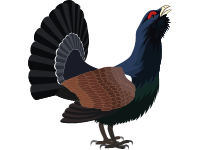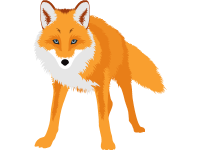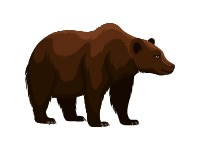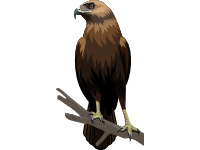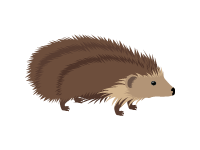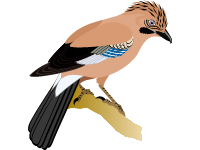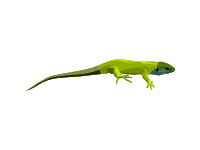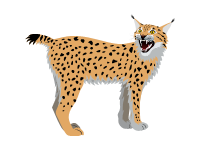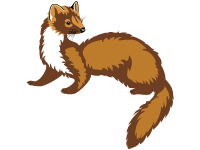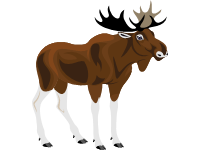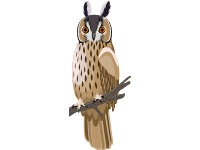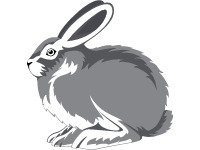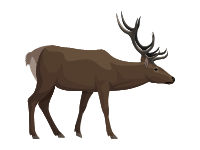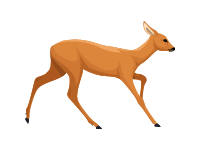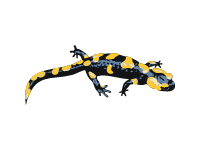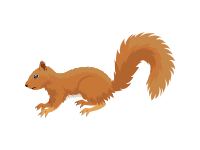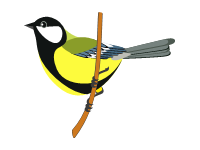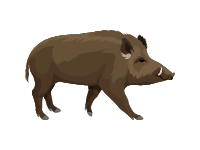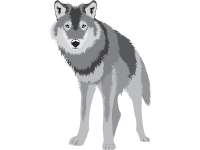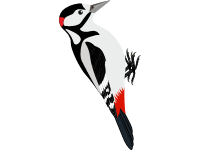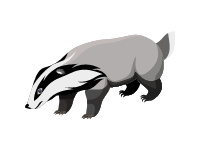The Canada lynx is a medium-sized North American lynx that ranges across Alaska, Canada, and northern areas of the contiguous United States. It is characterized by its long, dense fur, triangular ears with black tufts at the tips, and broad, snowshoe-like paws. Its hindlimbs are longer than the forelimbs, so its back slopes down to the front. The lynx is a good swimmer and an agile climber. Lynx have a short tail, characteristic tufts of black hair on the tips of their ears, large, padded paws for walking on snow, and long whiskers on the face. Under their neck, they have a ruff with black bars resembling a bow tie, although this is often not visible. The lynx inhabits high-altitude forests with a dense cover of shrubs, reeds, and tall grass. Although this cat hunts on the ground, it can climb trees and swim swiftly, catching fish.
The lynx is usually solitary, although a small group may travel and hunt together occasionally. Mating takes place in the late winter, and the female gives birth to between one and four kittens once a year. The gestation time of the lynx is about 70 days. The young stay with the mother for one more winter, a total of around nine months, before moving out to live on their own as young adults. The lynx creates its den in crevices or under ledges. It feeds on a wide range of animals from white-tailed deer, reindeer, roe deer, small red deer, and chamois to smaller, more usual prey: snowshoe hares, fish, foxes, sheep, squirrels, mice, turkeys, and other birds, and goats. It also eats ptarmigans, voles, and grouse.
